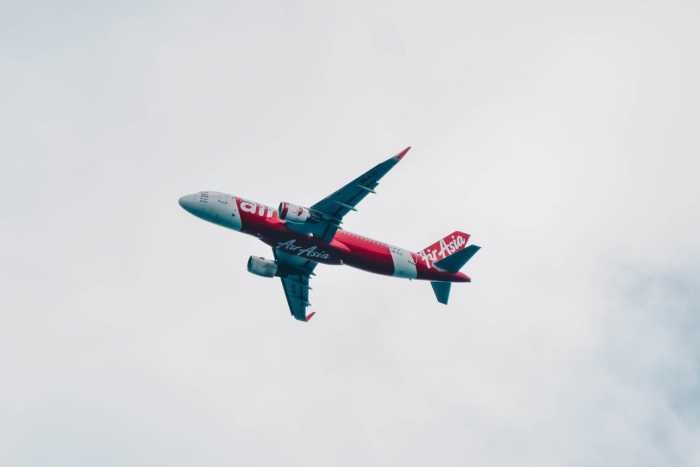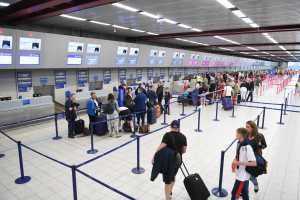
Thai Airways International No Longer Postponing Airbus A350 Delivery
4th May 2016

Although it was widely considered, Thai Airways International (THAI) has decided not to postpone the delivery of 12 Airbus A350 aircraft it has ordered from the aircraft manufacturer.
Thailand’s flag carrier previously considered the move amid some financial problems, but with the situation seemingly improving, thanks to company rehabilitation, THAI execs no longer feel it necessary to delay the delivery of a fleet of aircraft.
Airline Will Receive 2 A350s This Year and Five More in 2017 and 2018 Each
According to the agreement made with Airbus, THAI will first receive two A350s this year over the next two month. After that, the carrier will get another five planes in 2017 and then the last five ordered planes in the year after that.
The confirmation that the delivery will be made comes from both the airline and the manufacturer. The first has already made plans to use the first A350 delivered on the new route, connecting Bangkok and Melbourne, which is scheduled to begin on 1st July.
On the other side, Airbus has revealed it is almost ready to deliver the first A350 to Thai Airways. The plane is awaiting a paint job in Toulouse right now. After it gets its livery, the plane will move on to engine installation and cabin furnishing and then finally to ground and flight tests.
According to a THAI executive, the second Airbus A350 will be delivered a couple of weeks after the first. It’s not yet clear how the A350s will be deployed once they THAI gets them.
THAI Also to Receive Two More Boeing 787s in the Next Two Years
THAI will also receive two Boeing 787 Dreamliners within the next two years. The two planes are scheduled to be built in 2017, according the manufacturer’s production plans. At the moment, Thai Airways has six Dreamliners in its fleet and it’s not clear whether the airline will be able to negotiate a delay with Boeing.
Previously, State Enterprises Policy Commission advocated the airline to delay the delivery of the planes for the next three years while it solves some financial problems that hang above its turnaround plan.
However, this is no longer necessary as the rehabilitation plan THAI has underwent has proven successful. The plan included retiring old plans, removing uneconomic routes, sacking staff and reducing debt where possible.





